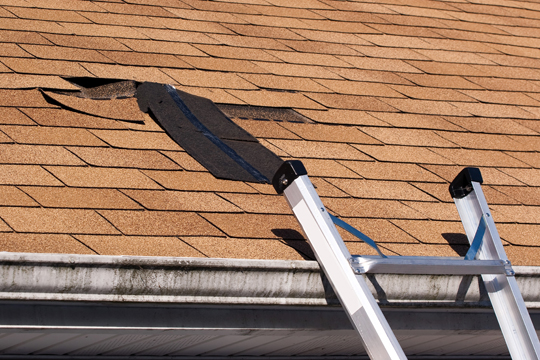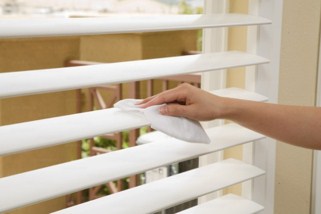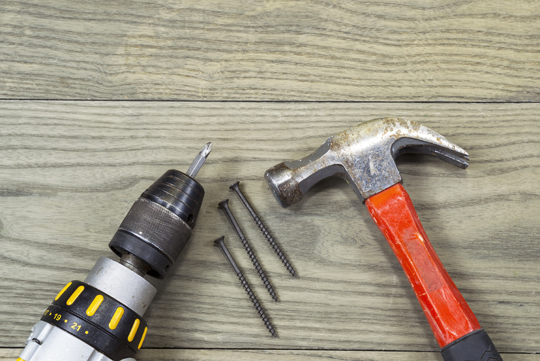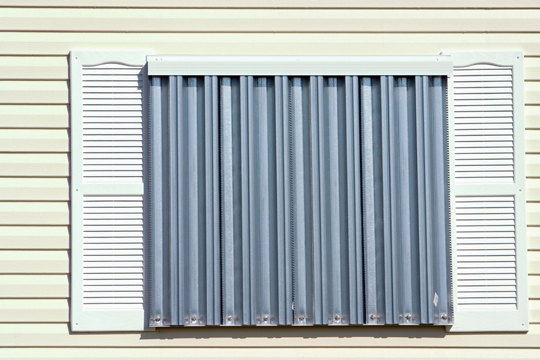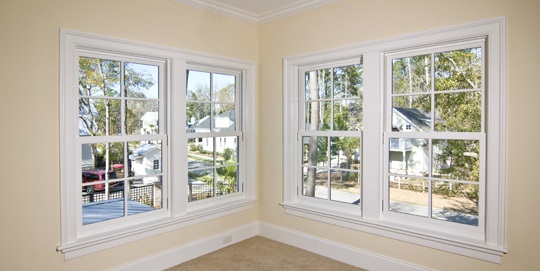Before a hurricane hits, it’s always best to prepare your home. The roof is highly vulnerable to damage from powerful, high-speed winds, so you cannot have a hurricane-proof home if your roofing is not ready to withstand the coming storms. You should also consider reinforcing your exterior siding or installing impact-resistant siding, especially if you live in a hurricane-prone area.
Inspect and Fix
Inspect roof shingles or tiles to see if they are all intact. If any are loose, they can become dangerous projectiles during a storm and cause damage to the material underlying the roof, so make sure to fix them using roof cement. Use asphalt cement for asphalt roof shingles. If any shingles or tiles are missing, make sure to have them replaced immediately.
Glue and Seal
Another quick fix to secure roof shingles is to apply flooring adhesive. Using a caulk gun, glue down the shingles by applying adhesive along the underside of their edges. You should also reinforce the trusses or rafters of your roof by applying construction adhesive along their sides at the spots where they are connected to your roof deck. Reduce water damage caused by heavy rains by sealing off any spaces where cables enter your home.
Secure Your Garage, Windows, and Doors
If you have a comprehensive plan for a hurricane-proof home, you should already have these areas covered. Otherwise, make sure your garage doors are braced and you have storm shutters installed to protect all of your windows and doors, which in turn will help protect your roof.
When these areas are not reinforced and hurricane winds get into them, it creates pressure inside that pushes up the roof while the force of the wind above creates a pull that can result in the roof flying off.
Hurricane Straps
During a new home construction, consider installing metal hurricane straps to your roof, which will ensure that it is fixed to the rest of the house. This option is possible in an existing home, but retrofitting would be a lot more difficult, because there is not much space to work around.
Siding Considerations
For new construction or if you’re looking to replace your old siding, building codes in hurricane-prone areas specify the use of fiber-cement siding in building homes because they can hold up well during a storm, even with 150 mph winds.
Vinyl siding is weather-resistant too, especially compared to wood and stucco, which can be easily destroyed by wind and water damage. While vinyl is impermeable and deflects wind, you still need to make it more resistant to forceful winds by attaching them tightly to the wall using fasteners.
Leave it to the Pros
When it comes to ensuring a hurricane-proof home, the smartest thing to do is hire qualified professionals to get the job done. Contact TalkLocal now, and we’ll search your area for qualified contractors fast and free of charge. Get your roof and siding storm-ready as quickly as possible with Talk Local.

